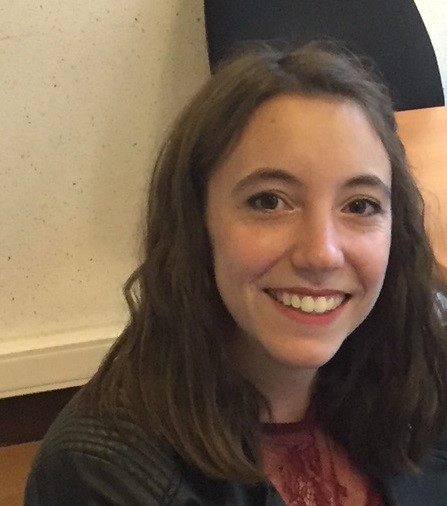Pauline Mourlanette
Research
In many domains such as oil and gas, mining or agriculture, numerical representations are used to better represent natural phenomena. It is particularly accurate in the cases where the resources are found in the subsurface.
One of the main topics of the numerical simulations domain consists in finding the flow model the most accurate possible. It involves properties from the ground such as porosity or permeability. Characterizing these properties can be complex. Due to rock heterogeneities, one punctual measurement at a particular scale does not permit to find the exact value at another point, even at the same scale. To address this problem, geostatistical simulation methods have been created. A mesh is used as a support and its cells are populated with ground properties.
A new generation of meshes has been developped in order to be more accurate in our representations. They are called unstructured meshes, allowing different sizes and shapes of cells within the same grid. All geostatistical simulations of properties have to be changed to adapt to this new grids. Several methods exist, but they are not direct. The aim of my research is to directly simulate ground properties on unstructured grids. The work has already been done for additive properties such as porosity. I am focusing on permeability simulation, as it does not average linearly.
Education
2017-now : PhD student at UNINE with Pr. Philippe Renard, working in Total with P. Biver and the help of B. Noetinger of IFPEN
2016-2017 : Internship at Total, Pau (64), on the characterization of the power averaging coefficient omega in the case of permeability upscaling
2016 : Master project within the RING research group, GeoRessources, Nancy, on Integration of geological data in the simulation of karstic networks
2013-2016 : Master diploma at Ecole Nationale Supérieure de Géologie (ENSG) in Nancy, France, with a major option in Numerical Geology


